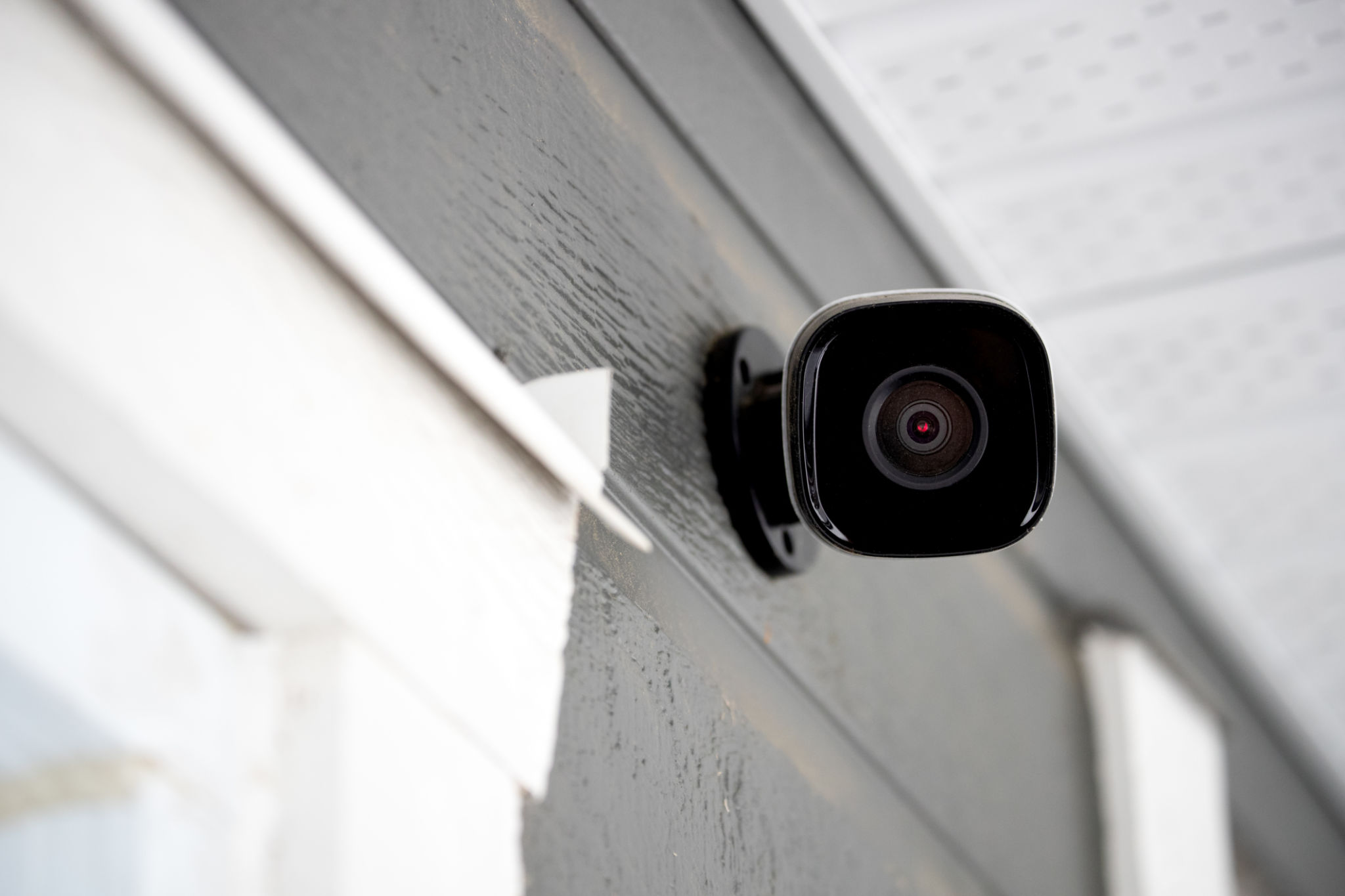DIY Tips for Installing Wireless Security Alarms in Your Home
IS
Why Choose Wireless Security Alarms?
Wireless security alarms have become a popular choice for homeowners due to their ease of installation and flexibility. Unlike traditional wired systems, these alarms do not require complex wiring, making them ideal for both renters and homeowners. They offer a range of features, including remote monitoring and integration with smart home devices, providing peace of mind with minimal hassle.

Gather the Necessary Tools
Before you begin installing your wireless security alarm, it’s important to gather all the necessary tools and equipment. Typically, you’ll need:
- Screwdriver set
- Drill (if mounting on a wall)
- Batteries (for battery-operated devices)
- Measuring tape
- Ladder (if mounting high up)
Having these tools ready will streamline the installation process and help prevent any interruptions.
Planning Your System Layout
A critical step in installing a wireless security system is planning the layout of your sensors and cameras. Consider areas that are most vulnerable, such as entrances, windows, and blind spots around your home. It’s also important to think about potential interference from walls or electronic devices that could affect the signal strength.

Placing Motion Sensors Effectively
Motion sensors should be placed in high-traffic areas where intruders are most likely to pass through. Common locations include hallways and staircases. Ensure that they are positioned at a height that prevents pets from accidentally triggering the alarm.
Installing Door and Window Sensors
Door and window sensors are a crucial component of any security system. Install these sensors on all exterior entry points to detect unauthorized access. Follow these steps for installation:
- Clean the installation area to ensure proper adhesion.
- Align the sensor with the magnet for optimal performance.
- Test the sensor by opening and closing the door or window.

Configuring Your Security System
Once all components are installed, it’s time to configure your security system. Most systems come with a user-friendly app that guides you through the setup process. Connect your devices to Wi-Fi, assign names to each sensor for easy monitoring, and set up your preferred notification settings.
Testing Your Security Alarm
Testing is a vital step to ensure that your security system is functioning correctly. Activate the system and check each component by triggering sensors and ensuring the alarm sounds appropriately. This will help identify any issues before they can compromise your home’s safety.
If you encounter any problems during installation or testing, consult the user manual or contact customer support for assistance.
Maintaining Your Wireless Security System
Regular maintenance is essential for keeping your wireless security system in top condition. Check battery levels periodically and replace them as needed. Additionally, keep sensors and cameras clean to avoid false alarms caused by dirt or debris.

By following these DIY tips, you can successfully install a wireless security alarm system in your home, enhancing your security and providing peace of mind for you and your family.
